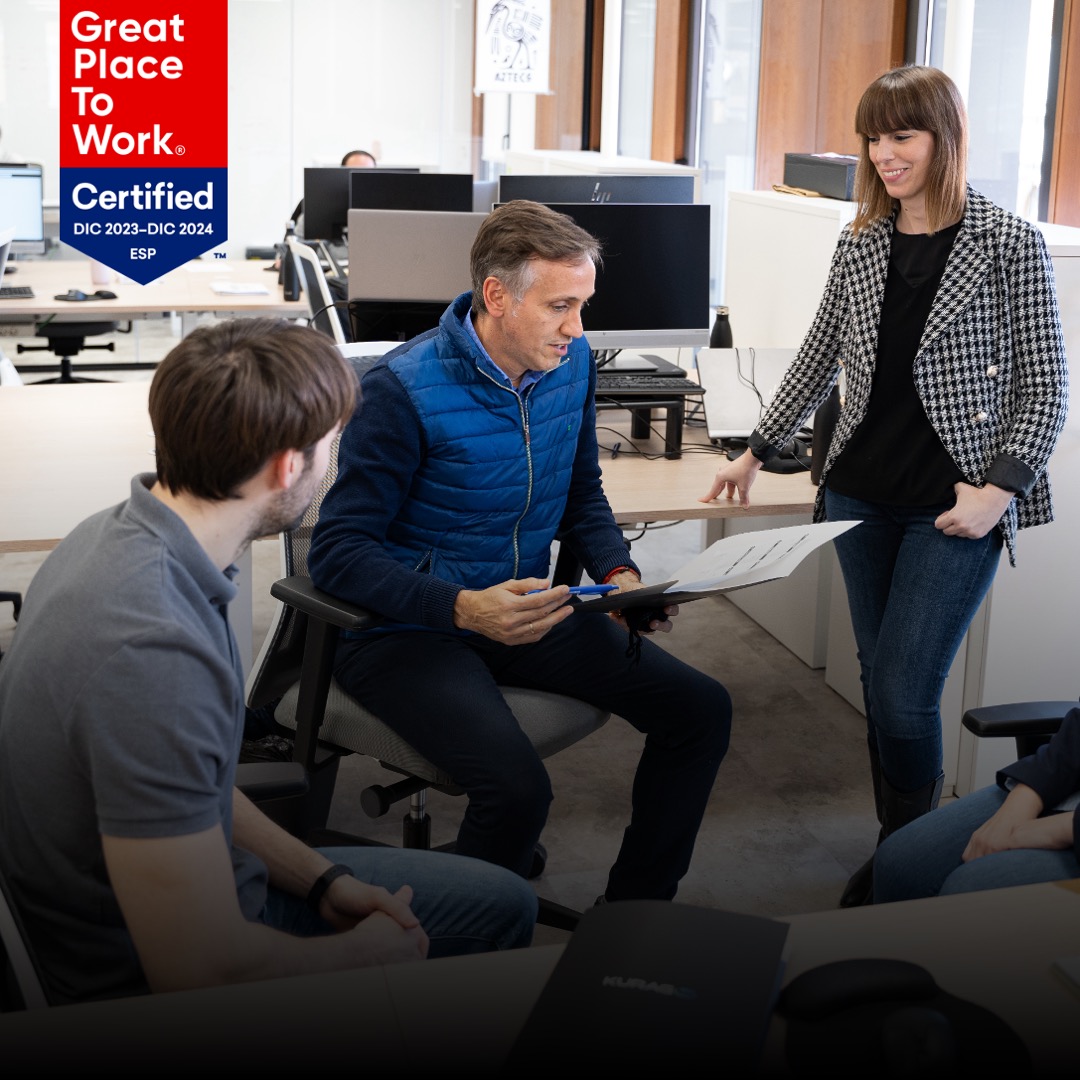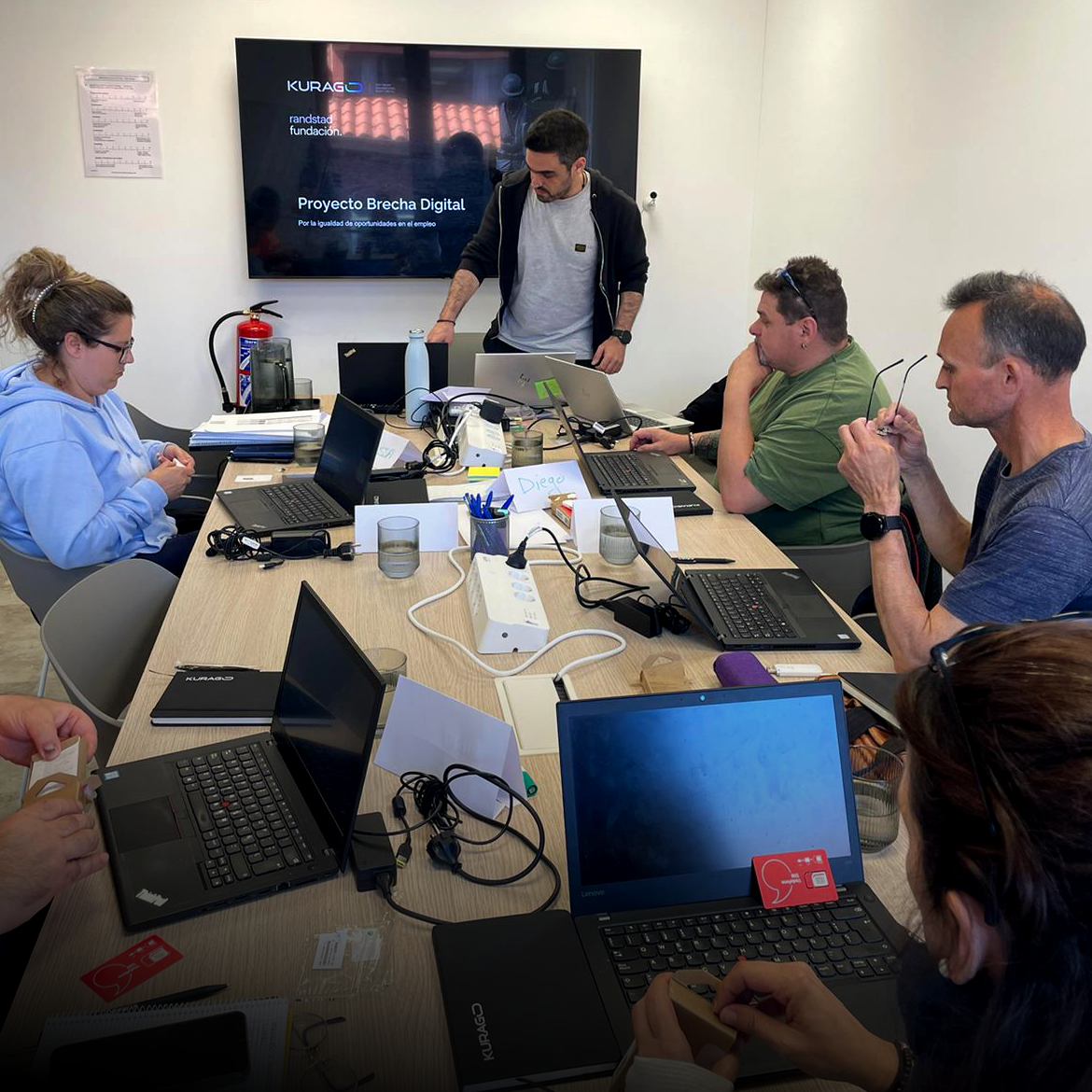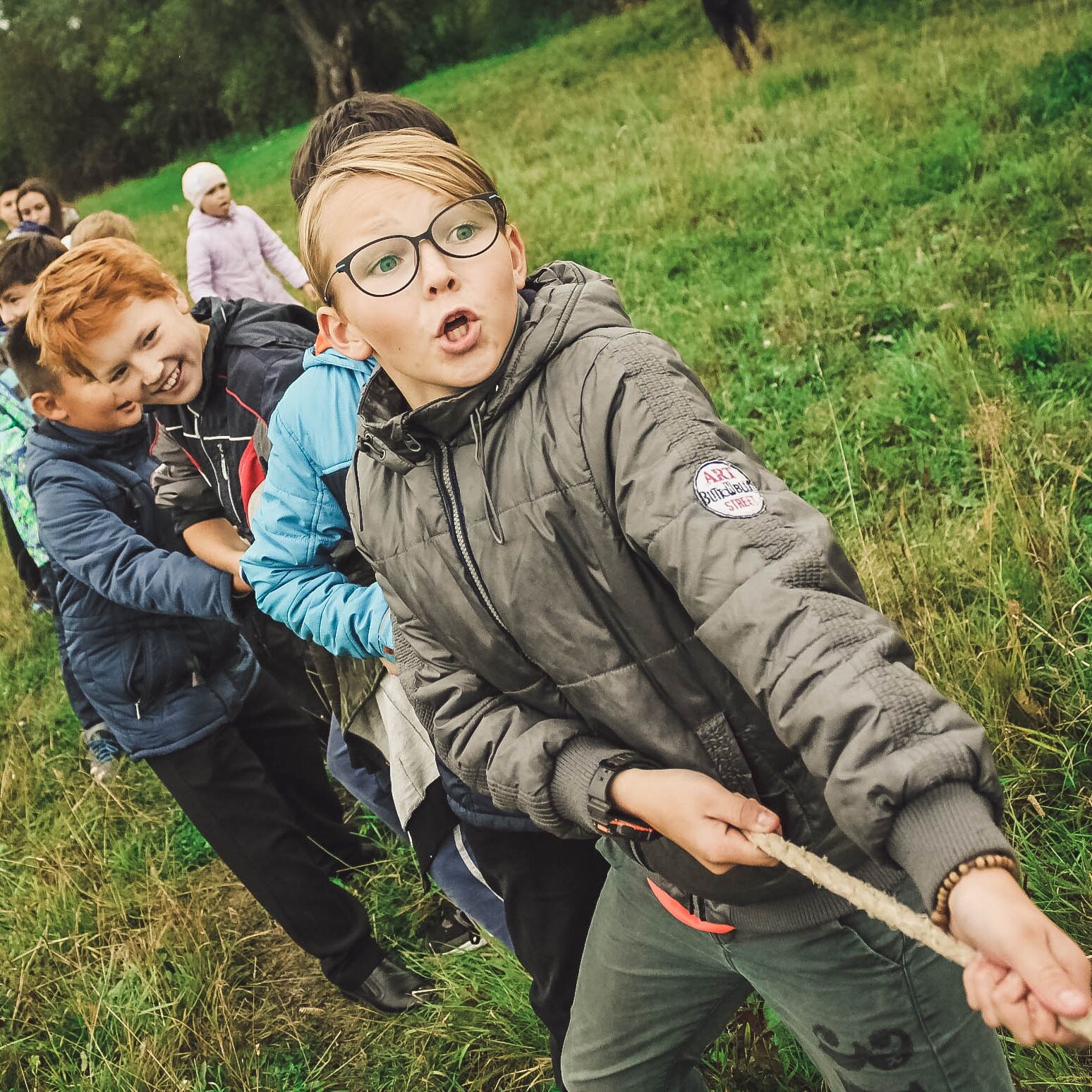Working together for excellence. Software and team work management
Building high performance teams has never been as important as it is today, particularly given the VUCA environments that organizations are facing. The way to address those needs is by working with agile methodologies and self-directed work teams with different skill-sets and experience that can result in the deliverable improvements. There is no one-fits-all solution. In each case, the type of organization will have to adapt to the circumstances and the targets.
Team work is essential in software development. Therefore, a maxim will have to be taken into account when putting a team together: a team must not be the sum of individuals. Our goal is for the team to multiply its results thanks to the synergies generated between different people with complementary skills working in step.
This is a challenge for any organization, but it is even more complicated in organizations that are growing where restructuring and new people are needed while ensuring that performance of the teams is maintained. In general, the trend is to seek the response to these challenges by applying agile methodologies. However, nothing is said about the sort of people needed to ensure success.
Creating teams for optimally tuned work can be complicated. Having the right people is clearly the first pillar. Not only from the perspective of their professional skills and prior experience, but also of their motivation and personalities. Soft skills are becoming increasingly more important when setting up teams to ensure the success of the team work and will be a factor that can take results to another level.
In general, the trend is to seek the response to these challenges by applying agile methodologies. However, nothing is said about the sort of people needed to ensure success.
Diversity, self management and realistic goals
Having multidisciplinary teams is fundamental. Those teams must be united, which will impact the search for collective achievements. We must therefore take all the above variables into account when setting up the teams in order to deliver results that go beyond the sum of individuals and manage to multiply their abilities. That does not mean that they must be similar people. Quite the contrary. It is precisely thanks to diversity that amazing results can be achieved.
The targets set for the teams will be another differential factor. They must be realistic to avoid frustrations and to generate certainty. The teams must be focused on meeting those targets with an emphasis on excellence. What is left in this case is to avoid limiting the work decision-making ability of the teams, which must have sufficient freedom to work from the approach that is closest to their profiles. The outcome will be a heterogenous organization in which each team will have its own way of approaching the work in order to achieve results. And that way will vary as the teams’ setup changes, as that will affect the way in which they work.
Creating liquid organizations
The different stages involved in constructing the solution means that we need different team setups, according to the characteristics of those different phases, and the size or the challenge or project in question.
In the initial stages, the team members may need to work independently and alone, if they are, for example, researching unknown elements. Team members being capable of sharing knowledge with others will be fundamental in this phase.
At other times we may need to ensure that all the members of a team follow the same guidelines and the same process for a uniform result.
Finally, there are times when the work of each member of the team and of different teams must be coordinated so that the result of that sum has a common direction and provide a uniform response that is consistent with the proposed challenge.
The members of the organisation must be sufficiently versatile to be part of different teams and understand their role in each one, depending on at which point the project is.
The managers of those teams, therefore, need to be very clear about the skill-sets and expertise of the people making up the organization. That is the only way to ensure that each person contributes their best abilities in each case for amazing results regardless of the challenge in question.
The members of the organization must be sufficiently versatile to be part of different teams and understand their role in each one, depending on at which point the project is. Therefore, not only people with an excellent technical level are required, but those people must with aligned with the personality and way of working in the organization so they can adapt and make the teams shine. Together we multiply.





